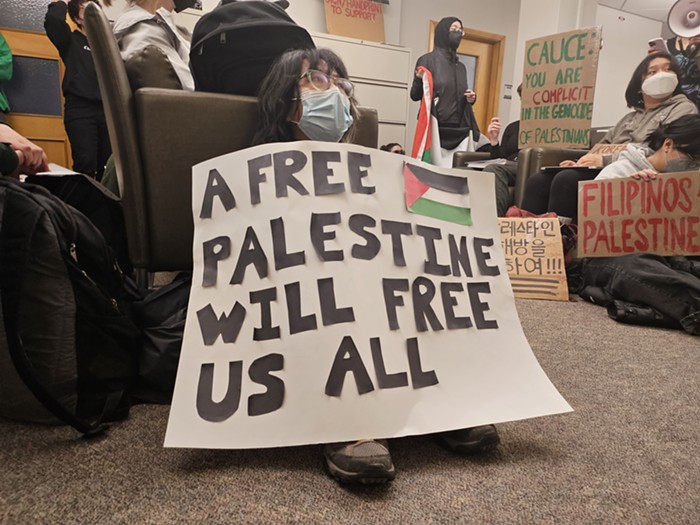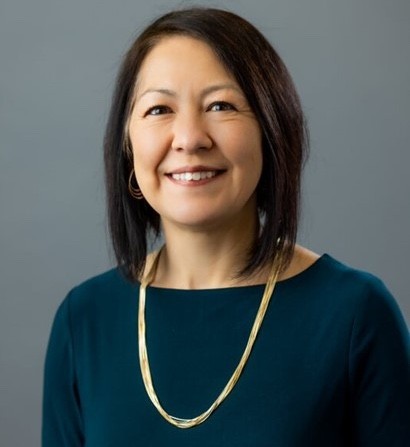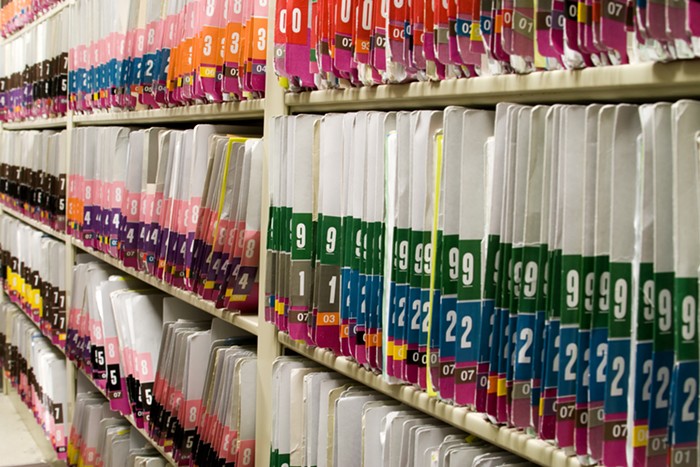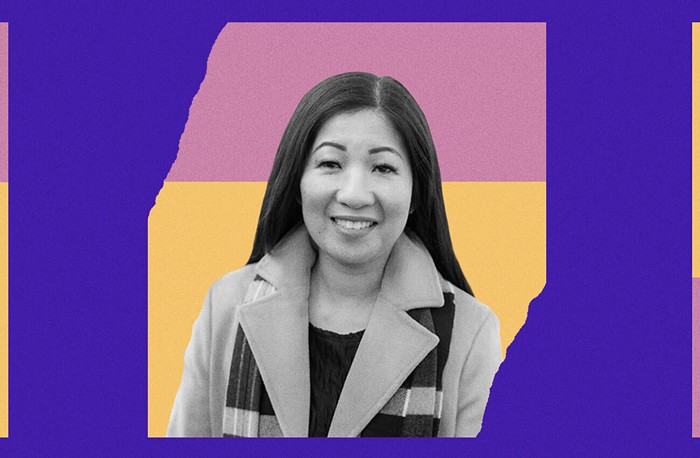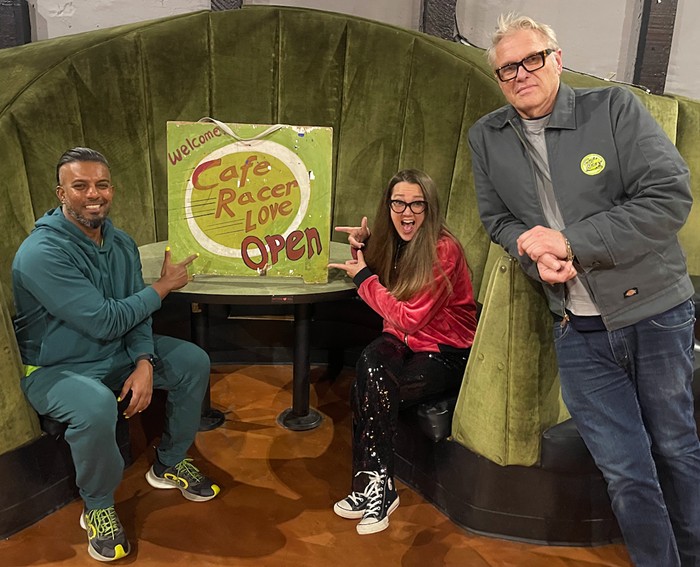City Council Members Richard Conlin and Peter Steinbrueck have both signed a letter to Monorail Project officials opposing a route through the Center. Opponents, apparently mistaking the Center for some sort of ashram, have described it as "sacred green space." Any route through Seattle Center will have to be approved by the council, as well as the Monorail Project's board. SMP director Joel Horn, his voice betraying a hint of exasperation, said of opposition to the Seattle Center recommendation: "Some people see Seattle Center as a tranquil park.... We believe that Seattle Center is an active, vibrant place. The monorail only adds to that vibrancy."
Other new aspects of the route include several segments that will run on so-called "single tracks," including one in Ballard, a long stretch in SoDo, and the segment running across the West Seattle Bridge. Although Monorail Project officials had cited aesthetic concerns as a reason for considering the slimmer single-beam option, Horn acknowldeged that going with a single beam, rather than two side-by-side tracks, could save the monorail "tens of millions of dollars." The tradeoff: longer wait times, safety concerns if the monorail breaks down (because another train will no longer be able pull up alongside it), and lower system capacity. "It [also] makes it very difficult to expand," Council Member Conlin said.
The recommendation also puts the monorail in the crosshairs of property owners on and near Second Avenue, including the Seattle Art Museum, Benaroya Hall, and Washington Mutual, which is building a new office tower on the west side of Second. Mayor Greg Nickels has joined property owners in opposing the route. Nickels' office was unable to respond by press time.
Other changes include new downtown "turnbacks" at King Street and Seattle Center, which will allow trains to turn around at the ends of downtown and travel back and forth through the central city, and the addition of nine "elevator stations," which will not have escalators, raising safety concerns .
The council has the ability to block any portion of the route. While that's a worthy public check on the SMP, let's hope the council doesn't get bogged down in the NIMBY complaints that invariably come with public transit projects.
